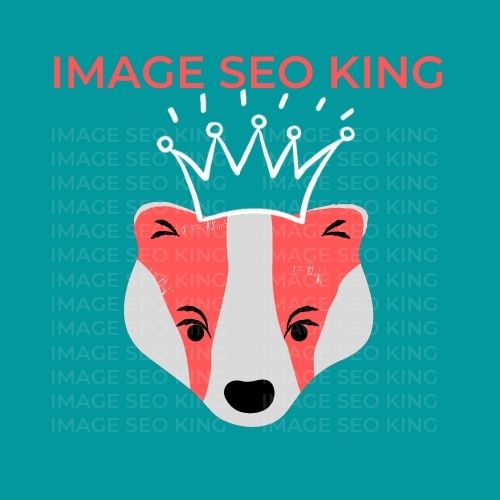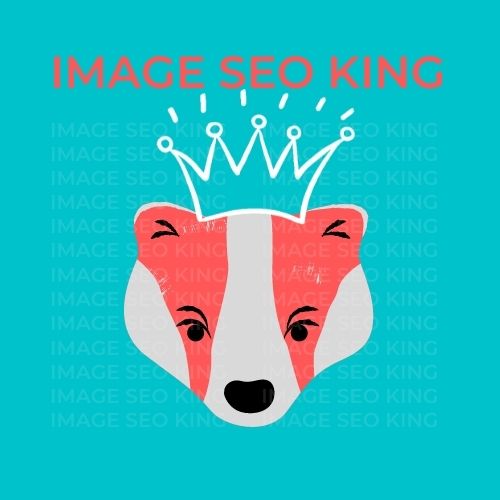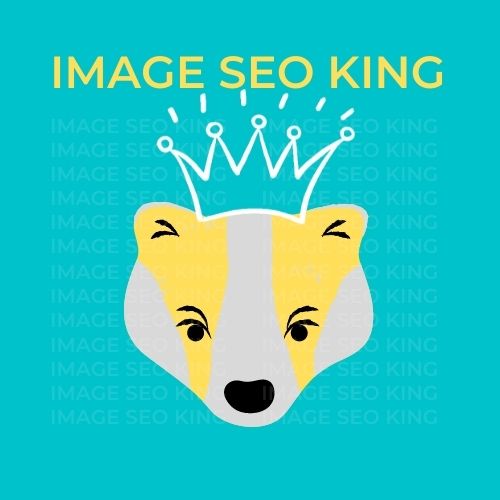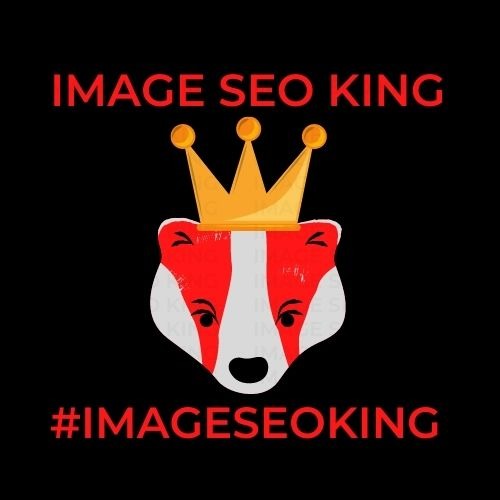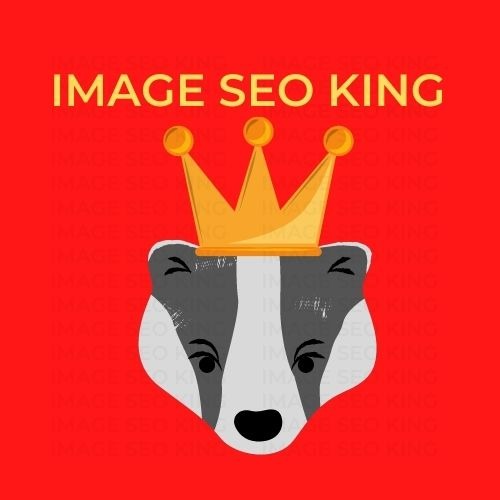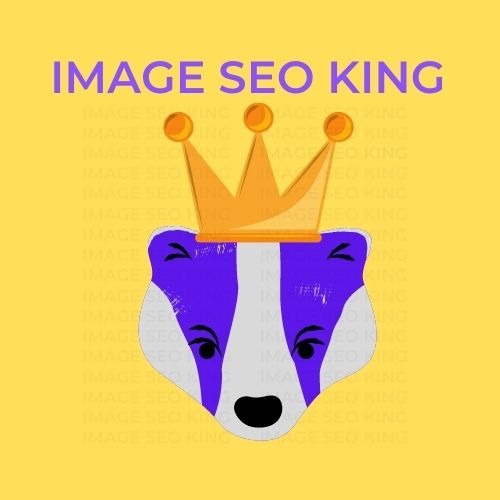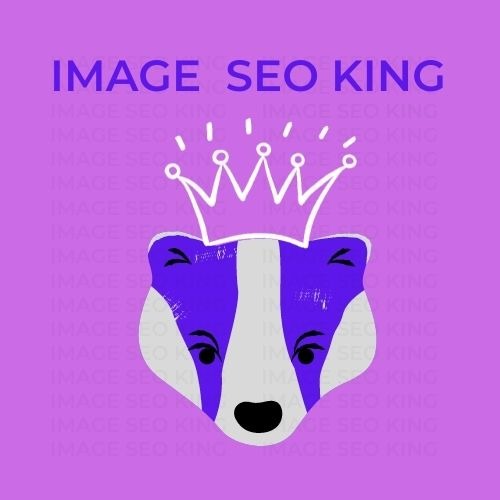Image SEO King (Queen) - Presents!
Five image SEO optimization tips for better image SEO!Five image SEO optimization tips for better image SEO!
Did you know that you can use images to enhance your website SEO? No, I’m not talking about just adding keywords to your image name (although that is a good start). I’m talking about optimizing your images for SEO visibility! (SEO is an acronym for Search Engine Optimization). Image optimization is key for any website looking to rank higher in search engine results pages. If you’re like most image dependent business owners, you’re always looking for ways to get more traffic to your photos , graphics, or image reliant website. And if you’re not using the image SEO king techniques to SEO your images, you’re missing out on a huge image SEO opportunity! The Image SEO King/Queen will show you how to SEO your images for maximum search engine optimization impact in organic and google image search. The image SEO king has outlined the 5 initial steps on how to SEO images for better online visibility.
1. How Do You Make Your Image File Names SEO Friendly?
Image file names are an important part of image SEO and can help you rank higher in image search results. Image file names are the name of the image file that you save on your computer. There are a few things you can do to make sure your image file names are optimized for SEO:
- Use SEO determined keywords in the image file names: Include relevant keywords in your image file names to help Google understand what the images, photos, logos, or illustrations is about. Keywords are the key to SEO success. So, use them in your image file names for a higher ranking on Google searches and more traffic!
- Use hyphens to separate words for maximum image SEO benefit: Use hyphens (-) to separate words in your image file names. This makes it easier for Google to read and understand your image file names. Google is always looking for new ways to make it easier and quicker for people like you, which means they’re going to be interested in what we’ve got here. So, let’s show them off with some creative names! First things first: use hyphens (-) when separating words within your images, photos, logos, or illustrations file name so that Google can better understand its contents- this will help ensure higher rankings because most internet users avoid pages without good titles or headings as much as possible these days (especially since search engines rank websites based largely on their relevance).
- Make sure your image file names are very descriptive to maximize your SEO image scores: Include relevant information in your image file names so that people know what the image is about before they click on it. Give your pictures a topic and add details to the file name so users know what they’re clicking on. To increase the chance of getting your images, photos, logos, or illustrations clicked, include a title that describes what it is and why someone would want to click on this specific photo.
- Most Image SEOs know to use lowercase letters: Use lowercase letters in your images, photos, logos, or illustrations file names to make them easier to read.
- Avoid using special characters in image file names: Special characters can be confusing for Google and may result in your image not being indexed correctly. Google’s snippet length limit is a limit on how long Google will allow for content in its search engine. If you want your images or any other types of files, like PDFs and TXT documents to be indexed correctly by using special characters within the file names themselves then make sure they do not exceed this length requirement so that all information can still fit into one single index page without being cut off at certain points where longer words would have been ignored due simply because there was no room left after converting everything into lowercase letters only!
2. How to use keywords to SEO images in image descriptions!
Image descriptions are the text that appears underneath an image in a search result. Images are the most efficient way to share content on social media. But when people search for images, they often only see description text that doesn’t capture their attention and leads them away from clicking through – which means you could be missing out on a valuable image SEO opportunity! To rank higher in image searches, make sure relevant keywords appear underneath each SEOd image by adding some relevant words or lon-tail keyword phrases while keeping the SEO image description brief enough not to take up more than a few lines: For example, “This photo displays…” Adding keywords to your image descriptions can help you rank higher in image search results. So, when writing image descriptions, be sure to:
- Include relevant keywords to maximize all SEO image opportunities: Include relevant keywords in your image descriptions to help Google understand what the image is about. (Basic SEO 101 knowledge.)
- Make sure your image descriptions are descriptive for the user: Include relevant information in your image descriptions so that people know what the images, photos, logos, or illustrations is about before they click on it. This is the entire purpose of SEO and the main reason to focus on image SEO.
- The best SEO images use natural language: Write image descriptions in natural language so that they sound like they were written for humans, not for robots. Image SEO puts the image in front of potential clients but natural language skills increase conversions.
3. How to add alt text to maximize image SEO!
Alt text is the text that appears in place of an image if the image can’t be displayed. Adding this to your images will help Google understand what message or meaning the images are trying to convey and can be important for image SEO because search engines use them when generating candidate lists from which users select those most relevant (accordingly). When writing image alt text, be sure to:
- Best Image SEO practices include relevant keywords: Include relevant keywords in your image alt text to help Google understand what the image is about.
- Make sure your alt text is descriptive to maximize image SEO: Include relevant information in your image alt text so that people know what the images, photos, logos, or illustrations is about before they click on it.
- Use natural language for best Image SEO practices: Write image alt text in natural language so that it sounds like it was written for humans, not for robots.
4. How to use SEO techniques to optimize images!
Optimizing images (aka Image SEO) for web use is essential to make sure that the images, photos, logos, or illustrations files are of good quality and fit within a narrow height or width limit. A large file size can slow down your website, while small ones will not allow people enough time on their devices when viewing them in full screen mode with no scrolling bars displayed; this could be challenging if you want viewers interact more actively by clicking around! There are also dimensions (width x height), format type – namely JPG/JPEG–and other factors such as separating background colors from text blocks via clear pixilation techniques which help save disk space without sacrificing too much visual information. Images that are too large or too small can slow down your website and make it difficult for people to view your images, photos, logos, or illustrations. Thus, effecting your website traffic.
5. Does compressing images help with image SEO?
Compressing images means reducing the file size of an image without losing quality. Compression can help with website load times, making it easier for people to view your photos and graphics on tight connections or mobile devices! It is great for conversions but actually have very little to do with SEO. There are a few things you can do to compress your images:
- Save images in the right format: Save your images in JPEG or PNG format for websites. These formats are best suited for web use and will help reduce the file size of your images, photos, logos, or illustrations.
- Use image editing software: Use image editing software like Photoshop or GIMP to save your images, photos, logos, or illustrations in a compressed format.
- Use an image compression tool: Use an image compression tool like TinyPNG or JPEGmini to compress your images, photos, logos, or illustrations without losing quality.
So, there you have it! Five simple tips to follow that will help your images rank higher in search engine results pages by the Image SEO King (Queen). By optimizing your images, exif data, image microdata for web use and, using an image compression tool, you can ensure that your images are giving your website the best possible chance of ranking high in Google and other search engines. Images MATTER!
